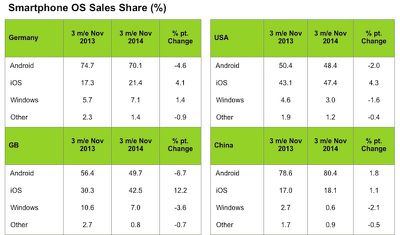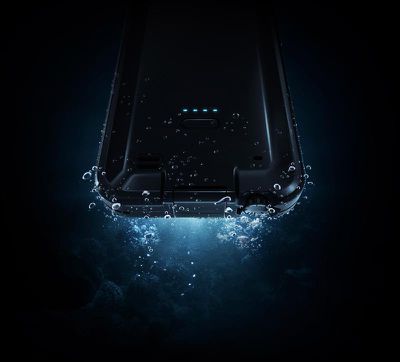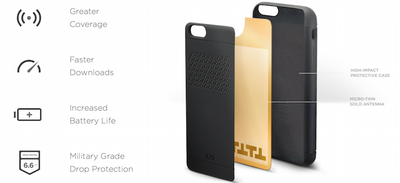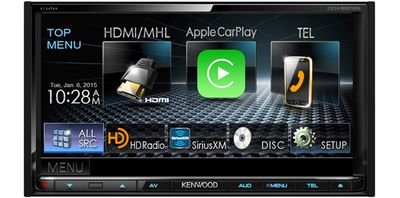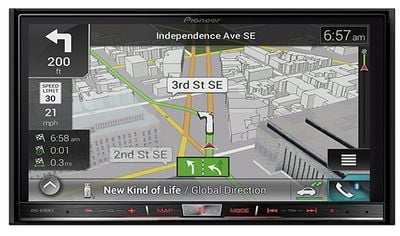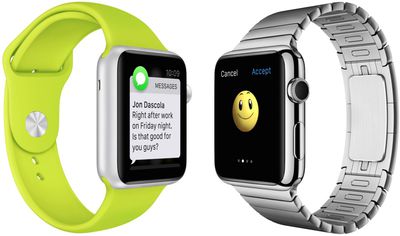Evernote today released a new iPhone and iPad app that adds scanning to its repertoire of available services. The new Evernote Scannable app debuted last year as a beta service and is now publicly available in the iOS App Store.
Similar to competing scanning apps, Evernote Scannable includes an automatic scanning feature that allows users to scan a document simply by launching the app. Upon launch, the app will locate the document in the camera's field of view, initiate the scan and sharpen the contents to improve image quality.
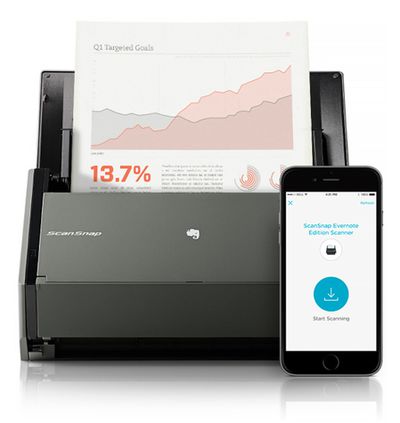
Once scanned, the document can be uploaded to Evernote in a format that makes it searchable. Alternatively, scans can be uploaded to iCloud or shared via AirDrop, text messaging or email. If the scanned document is a business card, the Evernote service will automatically associate the scanned information with the contact's LinkedIn account. The new Scannable app also will serve as a controller for the ScanSnap Evernote Edition Scanner.
Scannable moves paper forward. Scan contracts, receipts, business cards, and any paper that comes your way. Save or share documents instantly and move on.
Automatically capture high-quality scans anywhere
- Scan fast: Point your camera at documents, Post-it® Notes, or whiteboards. Scannable immediately captures them.
- Save time: Scannable automatically rotates, crops, and adjusts images so your scans are clear and easy to read.
- Share or save: Send documents to colleagues via email or text, or save them to Evernote and other apps.
The Evernote Scannable app is available for free from the iOS App Store. [Direct Link]


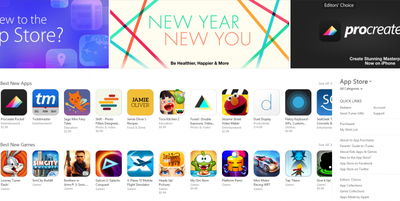


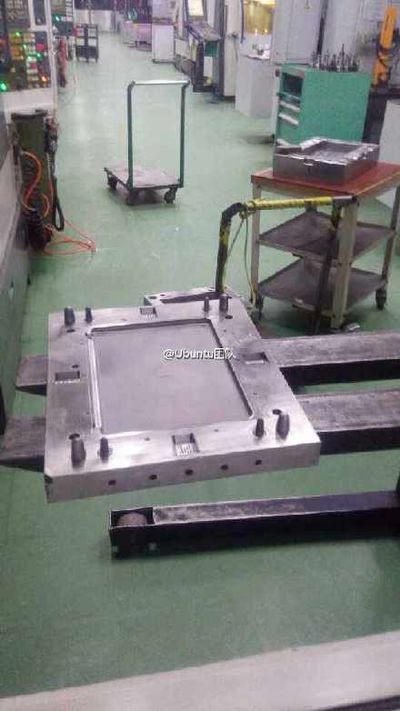

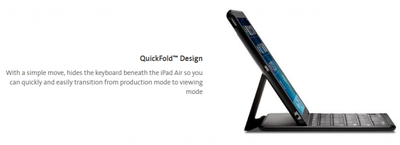
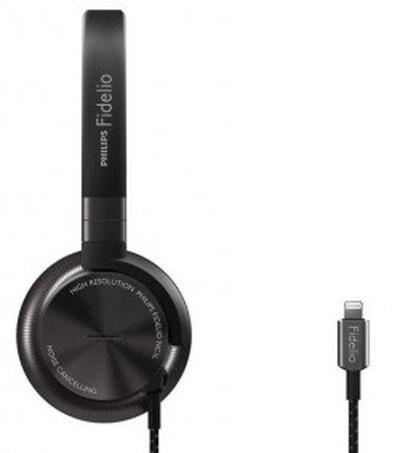 Philips today added to its lineup of Lightning-equipped headphones with the new Fidelio NC1L. Similar to its predecessor
Philips today added to its lineup of Lightning-equipped headphones with the new Fidelio NC1L. Similar to its predecessor 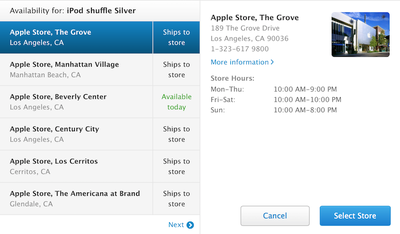

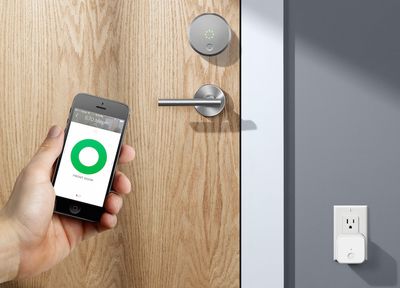

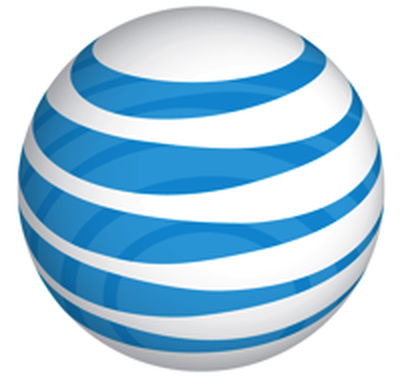 Following T-Mobile's recently announced
Following T-Mobile's recently announced 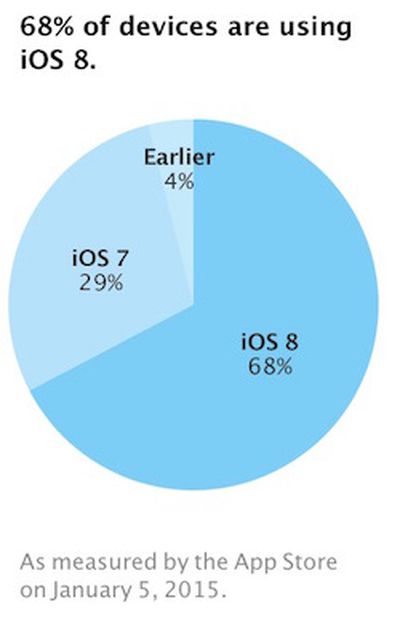 Since launching in September alongside the iPhone 6 and 6 Plus, iOS 8 has seen its adoption rate grow to 68 percent of compatible iOS devices, according to new numbers
Since launching in September alongside the iPhone 6 and 6 Plus, iOS 8 has seen its adoption rate grow to 68 percent of compatible iOS devices, according to new numbers 